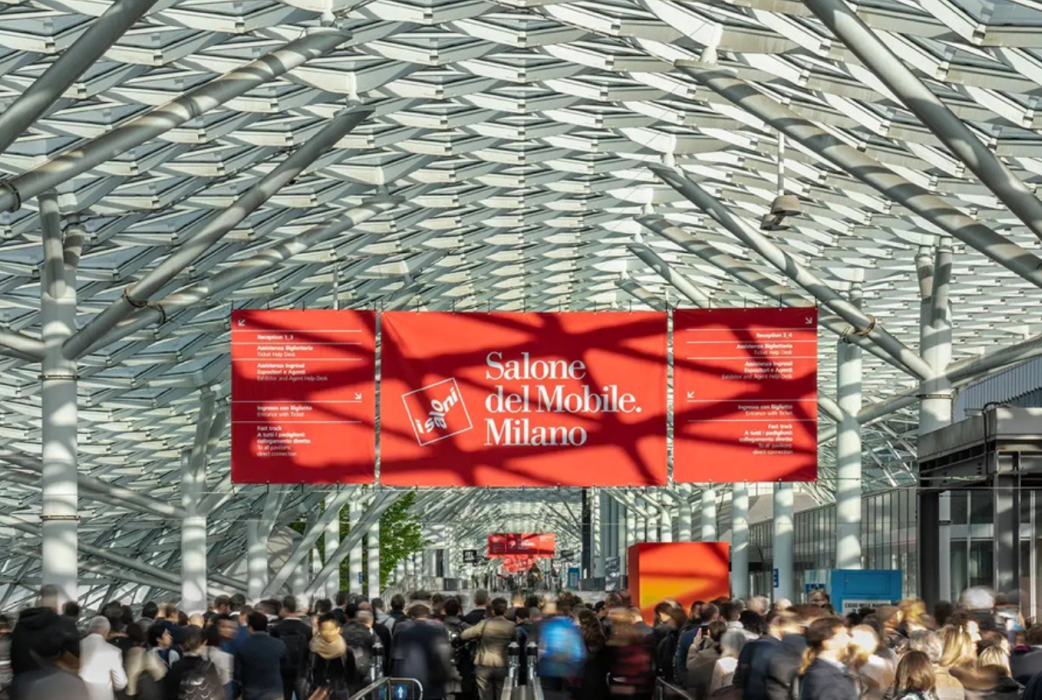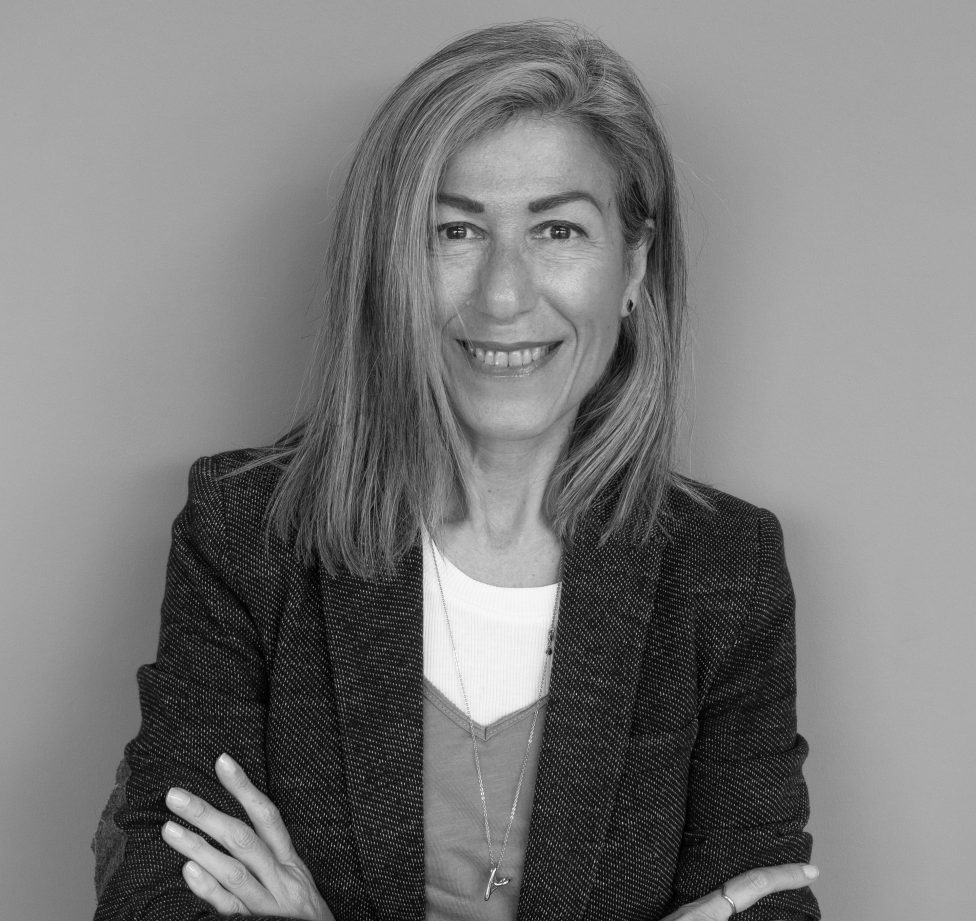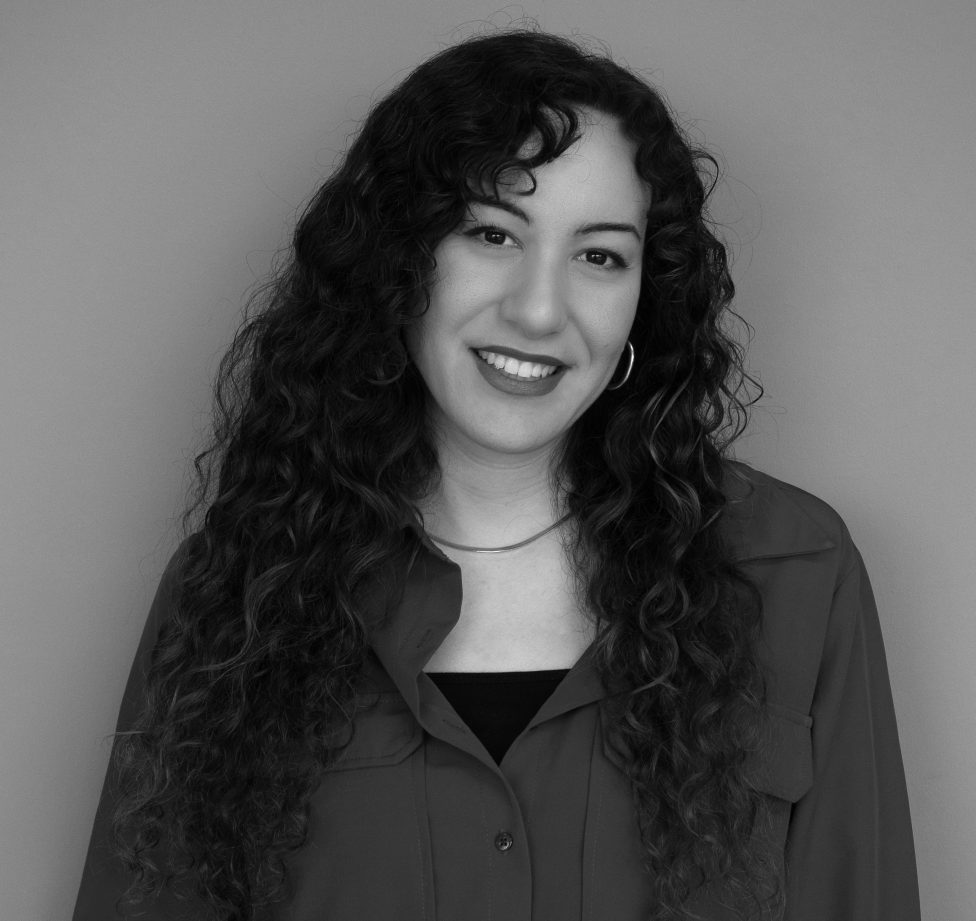This year’s Salone del Mobile embraced the profound connection between light, matter, and human experience. With the evocative theme “Thought for Humans”, the communication campaign—led by New York artist Bill Durgin—reimagined the human body as part of the design process itself. His images explored the return to touch and materiality, capturing the intimate relationship between form, presence, and purpose.
“The new campaign celebrates a return to touch,” Durgin explained, “bringing attention back to the connection between the human body and design.”
We couldn’t agree more.
At Asset Interiors, we believe that spaces evolve with the people who inhabit them. They respond, adapt, and reflect our emotional and physical needs. This belief is at the heart of our philosophy: space becomes place – when design moves beyond aesthetics and becomes a source of connection, comfort, and creativity.
Our team found strong alignment with many of the insights from the Haworth 2025 Trend Report, which examined how emotion, colour, and ecological awareness are shaping design’s future. From the Dualities palette – pairing soothing pastels with shadowed depth—to materials like recycled polyester in the Cardigan Lounge, this vision of design is human, circular, and deeply felt.

To bring these reflections closer to home, we spoke with two of our team members at Asset Interiors, each offering a unique lens on design’s role today:
Angeliki Tzamali, our longtime Brand Representative who attended Milan Design Week this year and represents Asset in conversations with architects and global partners and Tatiana Mylonaki, our Creative Content & Ideation Coordinator, who shapes our visual storytelling and showroom experiences daily.

Amid the bold expressions and technologically advanced installations of Milan Design Week 2025, one experience offered a moment of profound reflection. In a quiet, immersive space curated by a forward-thinking design team, I encountered a concept that reframed the role of design—not simply as a visual or functional discipline, but as a medium for shaping human well-being. This particular installation was centered on the intersection of spatial design, emotional health, and sensory awareness. The designers articulated a compelling vision: that creativity and productivity are deeply influenced by two often-overlooked dimensions—how time and space are structured, and the quality of interpersonal communication within those environments. These, they believe, are fundamental to cultivating well-being in both work and life.
What distinguished their work was a commitment to “designing the invisible.” Drawing on the conceptual frameworks of SOUL (the intangible human spirit) and SOIL (the often-invisible ecological systems, such as microorganisms, that sustain life), their approach emphasizes that the elements most critical to our well-being are frequently unseen—but not unfelt. Their work challenges traditional design methodologies by engaging with these hidden systems and their influence on both mental and physical states. One installation, titled “OBSERVE YOUR MIND AND BODY (CHAIR),” epitomized this philosophy. Within a private, sensor-equipped space, I sat on a chair embedded with biometric feedback systems designed to monitor posture, physical tension, and relaxation levels. As I settled into the chair, real-time visualizations of my mental state unfolded—transforming intangible inner experiences into comprehensible, sensory outputs. It was a powerful reminder of how space and object design can be used as tools for self-awareness and emotional clarity.
This encounter redefined my understanding of contemporary design. It demonstrated how materials, forms, and spatial experiences can extend beyond aesthetics and utility to foster introspection, emotional resonance, and holistic wellness. Design, in this context, becomes a bridge—not only between form and function but between the built environment and the human psyche.As we move toward more sustainable and human-centric futures, this kind of work signals a shift: from designing for appearance to designing for experience; from creating products to cultivating presence. The invisible elements—emotion, memory, atmosphere, ecology—are emerging as essential dimensions in how we think about architecture and design’s role in shaping the human condition.

From my earliest days in design school, I’ve held the belief that design is both a driving force and a tool for creating a better, more beautiful daily life. This mindset continues to shape everything I do at Asset Interiors. Whether I’m curating the atmosphere of our showroom, designing an event experience, crafting visual content, or building a concept and voice for a brand project, my goal is to create something new that makes everyday life a little easier, a little more beautiful, a little better in every way.
Color plays a pivotal role in this process. I genuinely believe that the balance of colors in a space can shift the rhythm of your heartbeat. It affects how you feel in that exact moment. I’m drawn to the colors of the natural world: calming blues that echo the sky and sea, grounding greens, and earthy tones like beige and brown that feel like home. They carry a quiet strength, a sense of familiarity, of presence and peace. On the other hand, bold and vibrant colors like magenta, pink, red, or yellow energize us. They spark joy and excitement, like a wildflower field in full bloom. Every color has a feeling, and while that response can be personal, I believe nature’s palette speaks to something we all recognize.
Storytelling is at the heart of how I approach design—especially in the showroom. Each setup isn’t just a display of furniture; it’s a crafted scene that reflects how a space can feel, function, and inspire. Through layout, materials, light, and color, we tell stories about focus, comfort, collaboration, or calm—depending on what each piece is meant to bring into someone’s daily life. At Asset Interiors, design isn’t just about what you see; it’s about what you sense. The showroom becomes a living narrative that helps people imagine their own story within a space.
In a world that’s constantly evolving, design remains the steady link between people, spaces, and experiences. From the ideas born in Milan to the environments we shape every day, the essence stays the same: at the heart of it all is the human being – and that is the role of design. Not just to beautify the world, but to understand it, to evolve it, and ultimately, to make it more livable, functional, and meaningful.